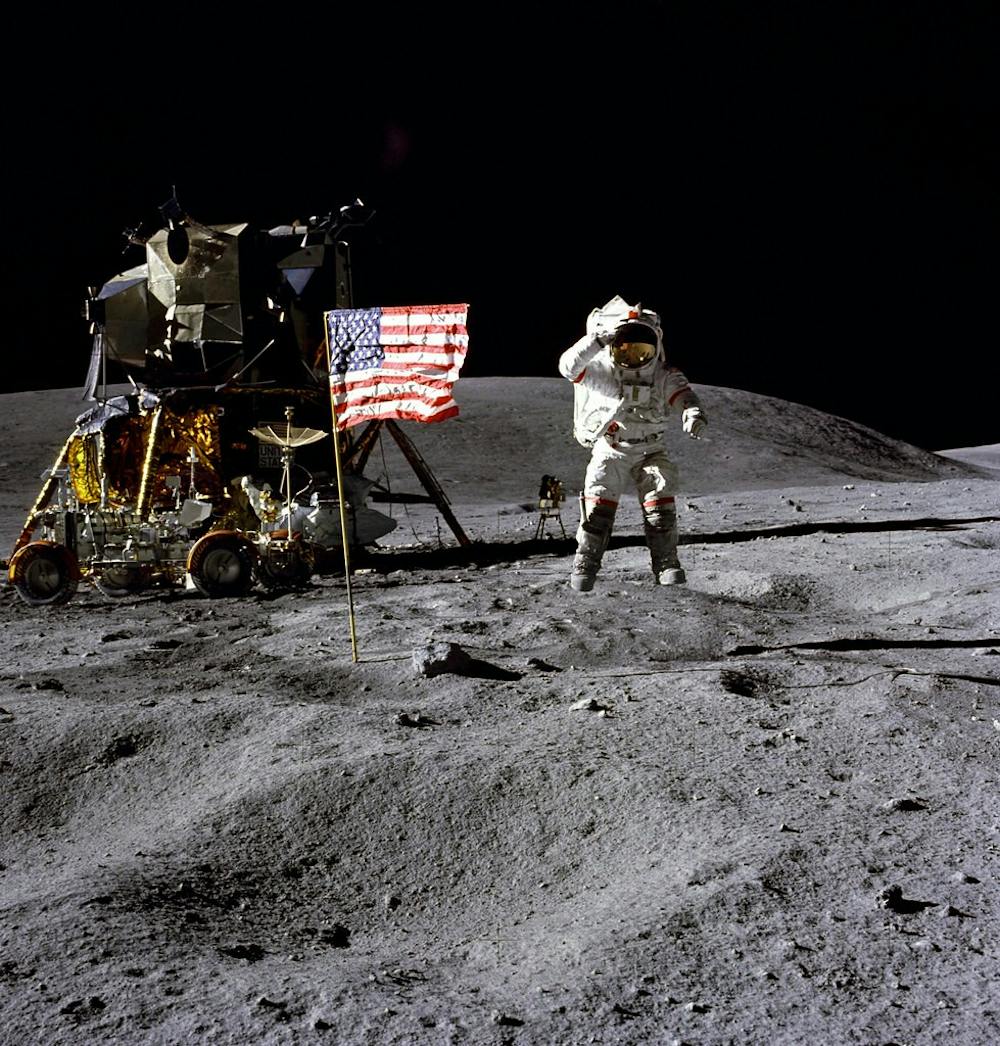Since Russian cosmonaut Yuri Gagarin became the first space traveler in 1961, space travel has become more and more popular. As more private companies, such as SpaceX and Virgin Galactic, plan on delivering commercial space flights in the future, the health effects of space travel on astronauts and others has become a concern.
Dr. Radostin Penchev, an anesthesia resident at Hopkins Hospital, and his team collected data from retrospective studies regarding astronauts’ health effects in space. They provided a preclinical review of the effects of space travel and corresponding preventative treatments.
Penchev discussed his research in an interview with The News-Letter.
“I have always been interested in space medicine and the physiological [changes] taking place in humans in space and how we adapt to these [changes],” he said.
The initial motivation of this project started with Penchev doing a rotation in the topic of pain management at his workplace. After reviewing different types of pain, Penchev and his colleagues decided to look further into back pain among astronauts and give a more systematic review of it.
Back pain among astronauts is most commonly caused by microgravity, a condition in which people become weightless in space. This phenomenon induces pathophysiological changes in the spine, such as elongation of the spine and its ligaments. After a duration of six months in space, astronauts tend to lose spine curvature and have muscle atrophy. These changes weaken the spine and cause it to not be able to stand the pressure on Earth.
Penchev discussed how these symptoms predispose astronauts to spinal diseases such as lumbar disc herniation and cervical disc herniation.
“Astronauts have four times the risk of getting [back pain] than the normal population,” he said. “The goal of this article is to help people design nutritional programs for astronauts, design better equipment and minimize or prevent muscle loss.”
To prevent astronauts from experiencing all of these symptoms, numerous equipment and preventative strategies have been tested. One of these is a type of specialized seat that absorbs the vibrational forces when flights are taking off and landing; Excessive vibrational forces lead to abnormal postural stress, which is a potential source of back pain. Another is elastic suits, which maintain normal shape of the spine, preventing elongation and weakening of the paraspinal muscle. Moreover, resistance exercises that counter the loss of the spinal muscle mass have also been tested.
Among these equipment and preventative strategies, Penchev emphasized personalized medicine, which creates specific treatments based on each astronaut's physical characteristics.
Common personalized medicine includes designing physical therapy that targets specific muscles and minimizes the risks of disc herniation among astronauts. Other methods include taking ultrasound images of astronauts before they fly into space in order to assess their spinal stability and the risk of space travel.
Penchev further commented on the major challenges being faced when studying back pain in astronauts. He noted that a lack of astronaut population samples has posed some limitations in studying back pain, with less than 600 people traveling into space in history.
Furthermore, scientists have limited ability to study subjects directly in space due to a lack of necessary equipment in space. Penchev highlighted that, instead, scientists mostly rely on making inferences about astronauts’ pathophysiological changes by imaging their spine before and after space travel.
“It’s hard to draw conclusions and make recommendations based on [small patient population]. Since most studies are retrospective, it wouldn't be possible to design a randomized control trial in space,” he said. “We [also] don’t have access to an NMR [nuclear magnetic resonance] machine because obviously we can’t carry an NMR machine to space.”
Dr. Steven Cohen, director of the pain management division of medical education and professor of anesthesiology and critical care medicine at the School of Medicine, further explained the difficulties in studying back pain in an interview with The News-Letter.
“Pain is not objective, [and] there is no objective way to measure pain. Pain is inherently subjective,” he said. “[Pain] differs when you have stress or you don’t have stress. It differs when you get a good night of sleep or not.”
Furthermore, Cohen added that pain could be caused by placebo effects, surgeries, injections and other factors. The vast amount of causes and the subjective outcome of pain make it even harder to study pain in clinical trials.
Penchev currently has no concrete plan for the next step in back pain study among astronauts, but he claims that with the increasing popularity of space travel, back pain among astronauts will become a more prevalent issue.
“With the increase in space travel, [especially] with private companies exploring space, it is an area that is [expanding],” he said. “We will see more [space travelers] with spinal issues [in the future].”





